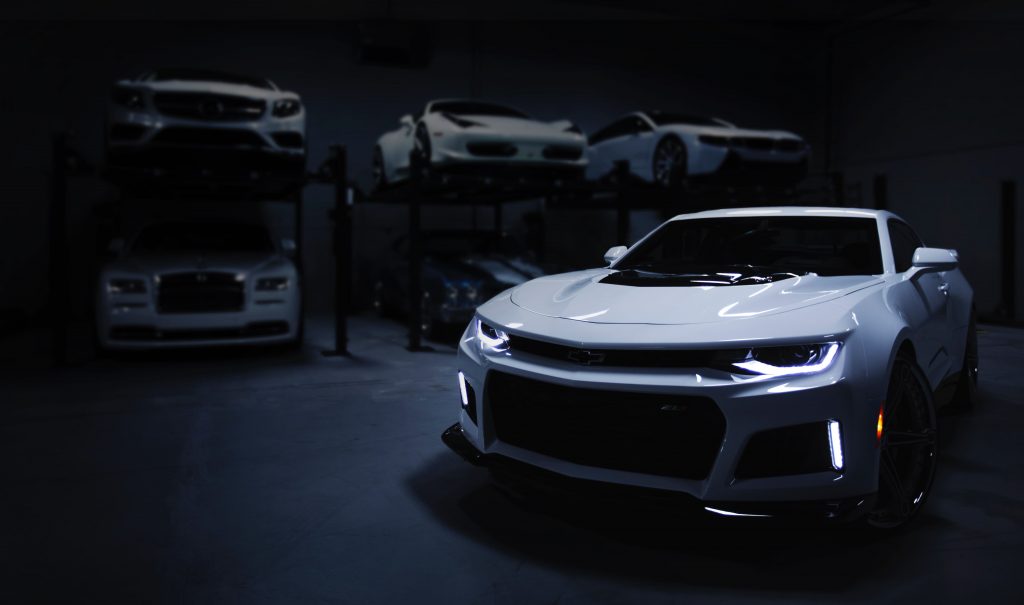
The automotive industry has always been known to have some of the most interesting and innovative designs, but with recent car innovations, there’s no doubt that the line between car and art are becoming harder to distinguish. From driverless cars to engine designs that are capable of reaching speeds up to 400 horsepower, cars continue to push the envelope in terms of both style and performance. We’re lucky enough to live in an age where not only are we able to say we own one of the fastest cars on the road, but we also get to drive it.
Aerodynamics
It’s no secret that one of the most important aspects of a car is its aerodynamics. As cars have evolved, so has their ability to slice through the air with less resistance. The bodywork on cars now more closely resembles those found on race cars, with spoilers in all shapes and sizes adding downforce to generate more grip from the tires. Thanks to aerodynamic design, new cars can also be as much as 30% faster when travelling at high speeds.
Weight reduction
Weight is always a pressing issue in the automotive industry, which is why many car manufacturers have been experimenting with lighter materials. This has allowed them to increase fuel efficiency and reduce emissions. The Porsche Panamera, for example, uses a mix of aluminium and steel which accounts for 30% less weight than the standard body shell used on the previous model.
Electric vehicles
This new type of car is also more comfortable than its gas-powered counterparts because they have smoother acceleration, don’t emit as much noise, and provide a more pleasant ride.
Aside from these benefits, there are plenty more reasons to buy an electric vehicle. The first one being that they’re cheaper than gasoline-powered cars in the long run. They’re also better for the environment, taking a toll on both air quality and climate change in comparison to traditional cars. Finally, electric vehicles can be charged at home with clean power or off the grid at any public charging station without relying on fossil fuels.
Connectivity
In-car connectivity has become an integral part of the automotive experience. Connectivity allows for new features that were never possible before. For example, users can access their social media accounts to post updates about their journey or use a voice-to-text app to send a text message while driving.
Self-driving cars
It is no secret that the world has been taken by storm with talk about self-driving cars. Self-driving cars have become a reality, but we’re still not sure how they will be fully implemented in society. They’re already being tested on highways and other controlled environments, but they’re yet to be tested in real-world conditions. There is also the question of how self-driving cars will affect jobs. We may see a transition from manual to automatic driving, or even see some jobs eliminated altogether. Either way, there’s never been a better time for tourism. El Nido tour package is becoming more popular due to their remote location and protected natural environment.

















